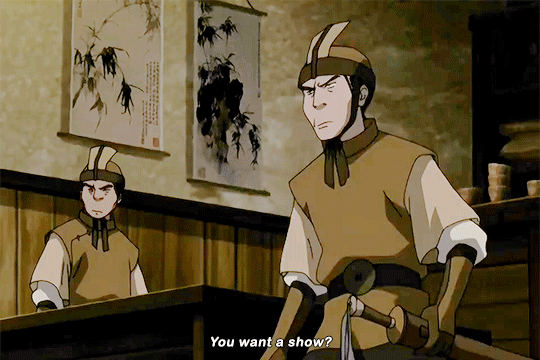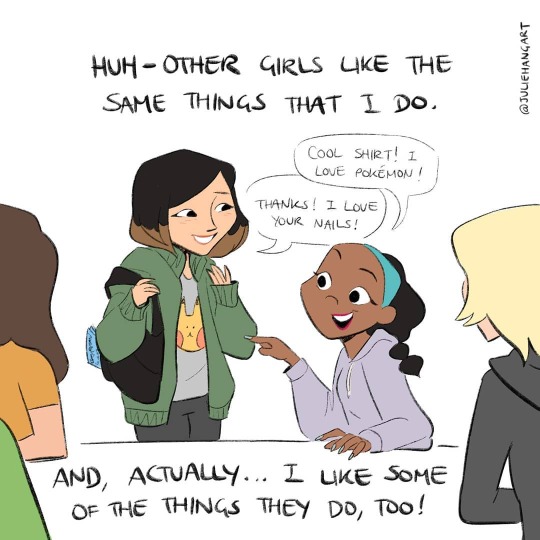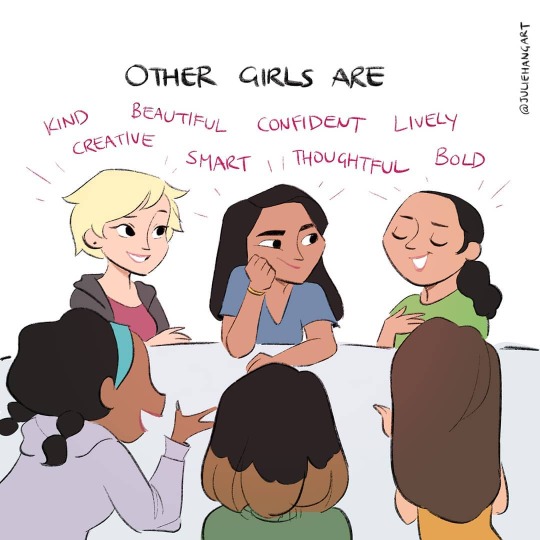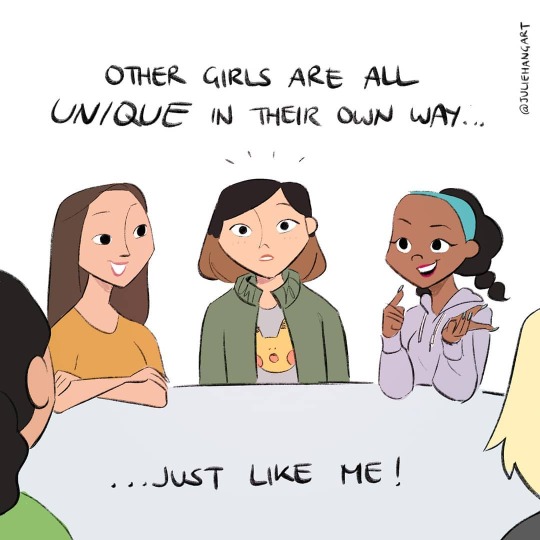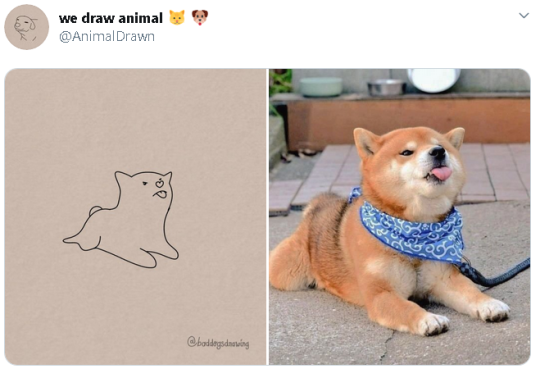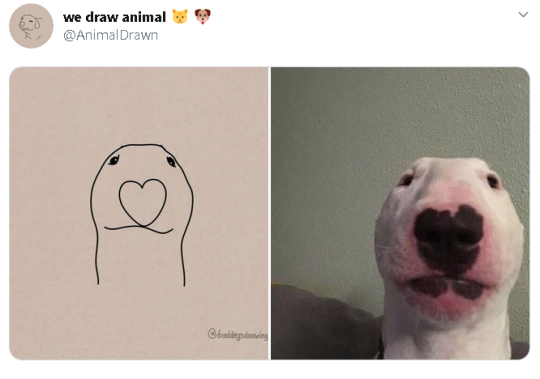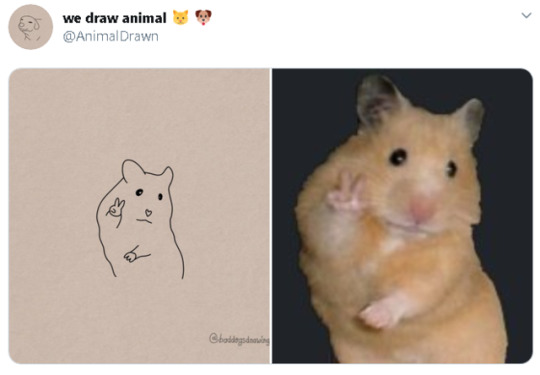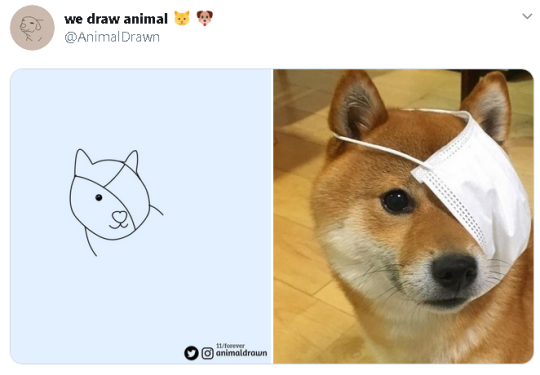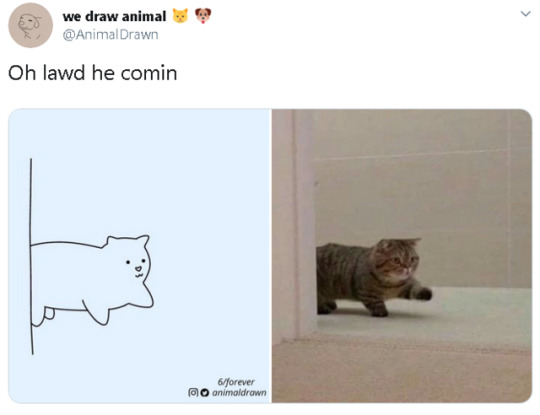Text
Key Moments in Asian American History: An Incomplete Survey
Key Moments of Co-Racialization in Asian American History:
An Incomplete Survey
Co-racialization: The relative racialization of different Asian American groups based on their proximity to whiteness and distance from blackness. In this way, definitions of whiteness, blackness, and Asian Americanness are dependent on the current political moment in which they are being shaped.
1. Black Orientalism
Time Period: Reconstruction era United States,1860- 1890s
Context: Chinese Exclusion act of 1882
With white lawmakers deciding whether or not to include Black Americans in American Citizenship, there arguments in congress to stop further Chinese immigration amid a rising, widespread, anti-Chinese movement. A white minister argues to the Senate in 1878 that slavery has primed Black Americans for citizenship while the newly immigrated Chinese have not been similarly “compelled to give up idolatry” or adopt Christianity. In order to bolster their bid for inclusion, the Black Press buys into Anti-Chinese rhetoric, proving their “deeply American character.” Black Orientalism was a path for Black people to negotiate citizenship in American Modernity through racial uplift, placing themselves above Chinese immigrants by reproducing and pushing anti-Chinese sentiments in their publications. These newspapers would describe the ‘sexually-deviant, filthy, diseased Chinese ghettos’ in an attempt to highlight the modest, Christian, and virtuous nature of Black Americans. In these efforts, Black Americans appealed to white citizenship for inclusion on the basis of their moral and religious superiority to Chinese Immigrants. However, the passing of the Chinese exclusion act led to the Supreme Court decision that cemented that racial segregation was an entitlement of white citizenship, thus undermining their efforts for inclusion.
Source: The Press for Inclusion in 19th Century Black Citizenship and the Anti- Chinese Movement by Helen Heran Jun
2. Chinese Mississippians
Time Period: 1920s-1940s
Context: Jim Crow South
Chinese Mississippians in the American Delta Made Bids for Whiteness by disassociating from the black communities they were a part of. Chinese Mississippians “earned” social mobility and “honorary whiteness” by endorsing black-white racial divide and white supremacy, as well as accruing capital, often by profiting off business from the black community that they disassociated from. They did this by breaking all former platonic and romantic ties with the black communities they lived in and seeking entrance into white schools for their children on the grounds that they too should be able to discriminate against black people. This begins in 1924, when Gong Lum argues in court for his daughter to attend a white school since she was “not a member of the colored race nor is she of mixed blood, but that she is pure Chinese”, and there was no Chinese school for her to attend. This bid for association to whiteness was based on the negative association of blackness, which defined the” colored” racial category in America at the time. Instead, the initial victory was appealed to the Mississippi Supreme court, which ruled that since Chinese are not white, they are “colored“. Gong Lum and other Chinese American parents then elected to send their children to private Catholic schools, still not willing to be associated with the black community, and still vying for approval from the white ruling class and thus higher social status. This paid off, after the alliance between US and China in World War II, the elite white schools opened the door for the Delta Chinese. However, this still legally undermined their bid for whiteness, as they were legally classified as non-white for the first time.
Source: Morphing Race Into Ethnicity: Asian Americans and Critical Transformations of Whiteness, Susan Koshy
3. Bids for White Legal Classification
Time Period: 1910-1970
Context: America was drawing a global map of who was “colored” and who was white. In ambiguity, people of different ethnicities bid for inclusion in the legal classification of white in order to attain citizenship, on which race is a basis for exclusion.
A few key court cases illustrate the many bids for inclusion and relative racialization of different ethnicities. The bid for whiteness from American colonial territories was fraught. A native Hawaiian who petitioned for citizenship in 1889 and was denied on the basis that he was of the “Mongolian” race, and that he was not “sufficiently intelligent” in the principles of the US. This legal racial classification of “Mongolian” was applied to Japanese, Koreans, Chinese, and Hawaiians, who were not hitherto grouped into the same racial category. The bids for western and south Asian claimants, who were racialized as Caucasian, because of the whiteness line being drawn “west of the subcontinent”, were treated with a different legal practice and interpretation. Early Syrian immigrants in the 60s petitioned for citizenship on the basis of their “whiteness” since their Christian communities reflected the appearance and values of American communities in the 1950s, with an emphasis on their strong Christianity, modest women, and distance from “barbaric” Muslim Syrians.
Source: Morphing Race Into Ethnicity: Asian Americans and Critical Transformations of Whiteness, Susan Koshy
Concepts that influence Asian American Racialization in North America:
Abstract Labor: The valuation of immigrant labor, and specifically Asian immigrant labor as disposable, thus dehumanizing and racializing the laborers and allowing the state to use Asian labor for country building. Meanwhile the laborers can make no demands of the state for better living conditions or working.
Abstract Citizen: A homogenous national identity that provides the state with uncomplicated devotion and affection. In the United States we may define this as the White Cis Het Man, the nation’s ideal citizen. Asian Americans may try to align themselves, but they will never truly be accepted into the national identity because of their ”perpetual foreigner” status.
Source: from Immigration, Citizenship, Racialization, Lisa Lowe
To be continued in ….
Key Moments of Coalition in Asian American History
1. Third World Unity
Time Period: 1960s
Context: Huey P. Newton, leader of the Black Panther Party theorized Intercommunalism and Internationalism
“The Panthers Linked their own oppression with that of other racialized and oppressed groups in the US and linked oppression at home with imperialism throughout the tricontinental.”
Source: “Long Live Third World Unity! Long Live Internationalism” by Besenia Rodriguez
2. Black Power Yellow Power
Time Period: 1960s
Context: Civil Rights Movement, Black Power Movement
“White America justifies the blacks’ position by showing that other non-whites – yellow people—have been able to “adapt” to the system… the yellow power movement is fighting a well-developed racism in Asin Americans who project their own frustrated attempt to gain white acceptance onto the black people. ”
Source: The emergence of the yellow power in America, by Amy Uyematsu
3. Student Protests in California
Time Period: 1960s
Context: Civil Rights era, Third World Movements
“African American, Asian American, Chicano, Latino, and Native American students called for ethnic studies and open admissions under the slogan of self-determination.”
Source: “On Strike!” San Francisco State College Strike 1968-1969 by Karen Umemoto
Suggested Reading on the Topic of Coalition:
Uses of Anger, Audre Lorde
Transformation of Silence into Action, Audre Lorde
Coalition Politics, Bernice Johnson Reagan
This Bridge Called My Back by Gloria Anzaldua and Cherrie Moraga
Cultural Identity and Diaspora, Stuart Hall
10 notes
·
View notes
Photo




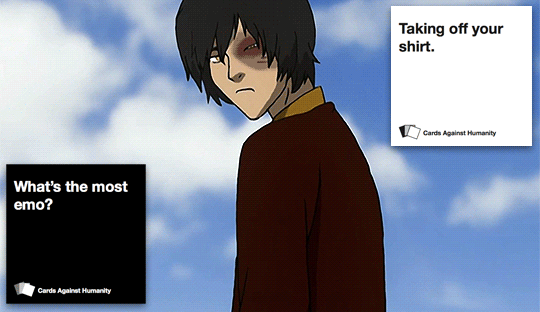

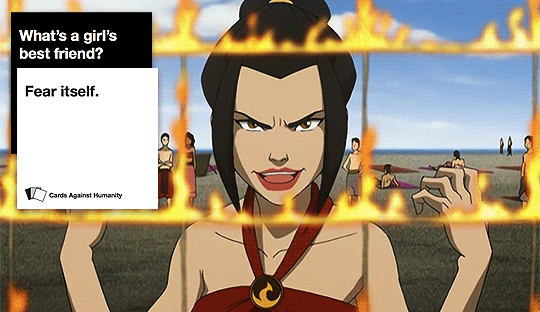

avatar the last airbender + cards against humanity (insp.)
37K notes
·
View notes
Photo
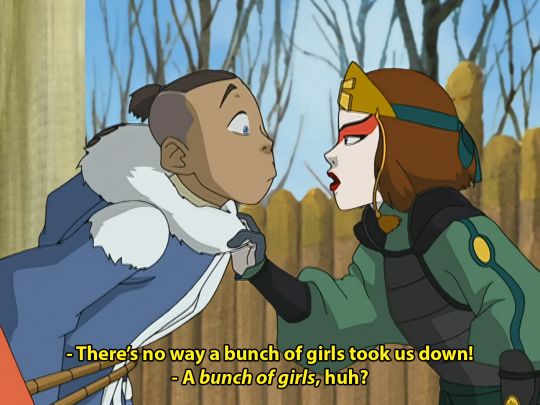



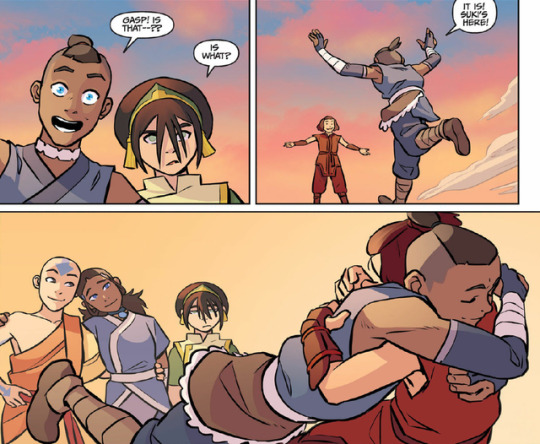

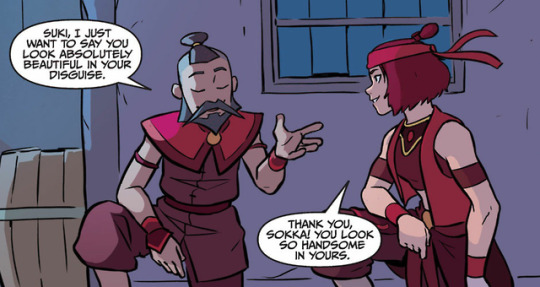


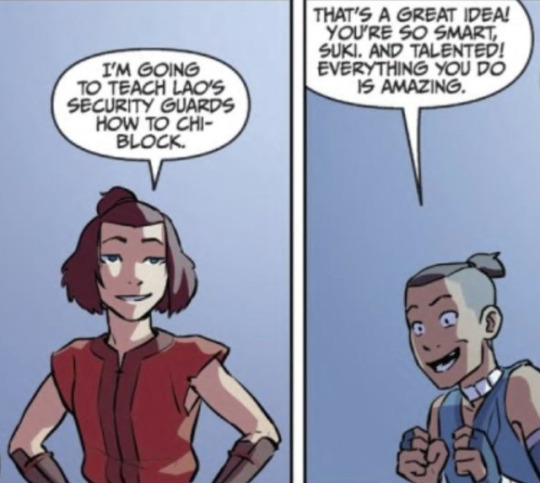
Sokka and Suki absolutely deserve more time with each other
262K notes
·
View notes
Text
May I hit y'all with a hot take
Uncle iroh has Hawaiian shirt energy
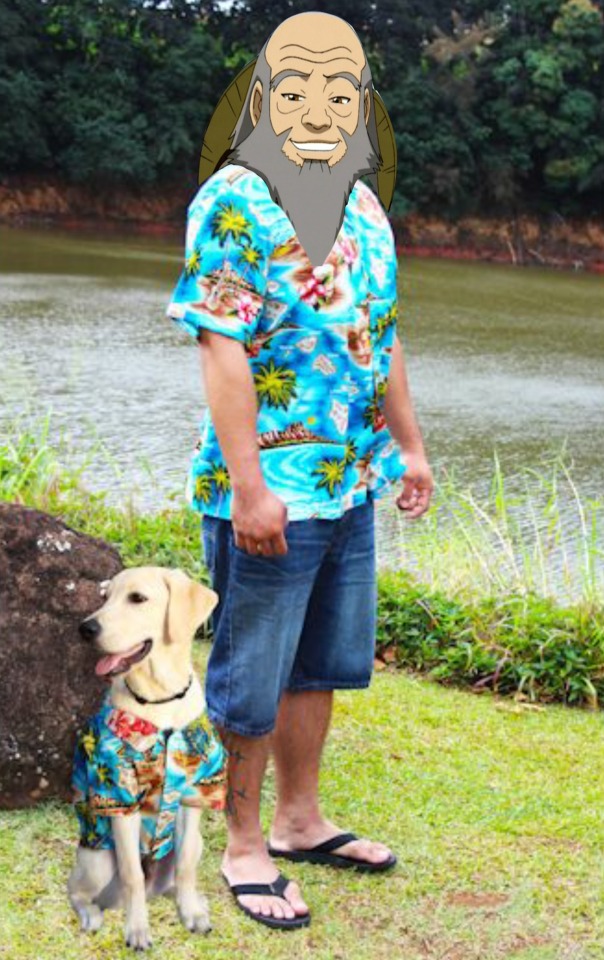
Sokka also has the same energy but no sleeves
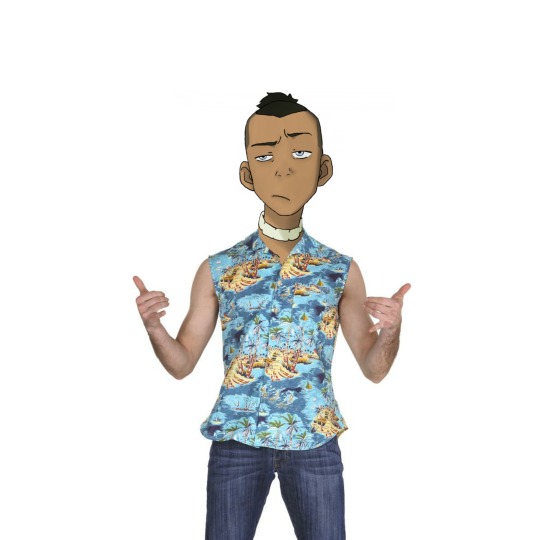
Thank you for your time
147K notes
·
View notes
Photo

please read this oh my god
355K notes
·
View notes
Photo
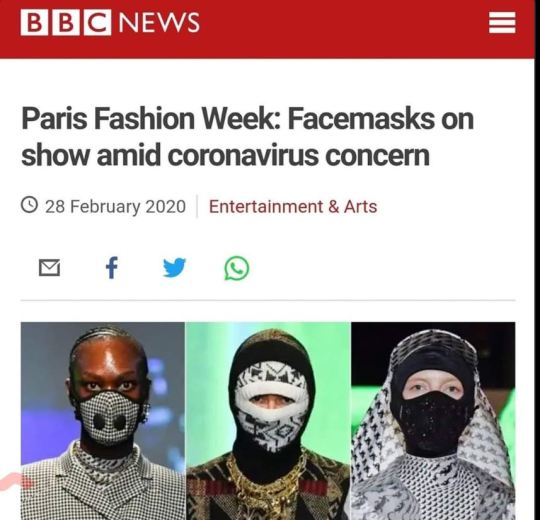
Bold looks coming out of the country that banned Muslim women from wearing Burkas and Niqābs. .
126K notes
·
View notes
Text
It’s the presidential primary of 1968. Young voters care about ending the Vietnam War and rally around anti-war candidates like George McGovern. Democratic Party leaders instead choose moderate Hubert Humphrey, LBJ’s Vice President, a man who has not won a single primary, as the nominee. Young voters revolt at the convention. In the general, Humphrey loses to Nixon.
It’s the presidential primary of 1988. Young voters care about racial and economic justice after years of racist right-wing rule. Jesse Jackson runs on taxing the wealthy and prison reform and single payer healthcare. He builds the Rainbow Coalition, a coalition of black and brown and LGBTQ and working class people. He does better than anyone in the media expected, is suddenly considered the frontrunner. Democratic Party leaders hurriedly consolidate support and resources behind moderate Mike Dukakis, kneecapping Jackson. Dukakis becomes the nominee. In the general, Dukakis loses to HW Bush.
It’s the presidential primary of 2004. Young voters care about ending the Iraq War and removing a right wing president who lost the popular vote from office. Howard Dean runs on ending the war, on reforming the healthcare system, on overturning the establishment. He starts to gain momentum before the Iowa caucus, going from 3% in the polls to frontrunner by early January. The media starts to grumble about his “electability,” about his temperament, about his angry tone of voice. This culminates in a media frenzy around the “Dean scream,” a brief yell at a rally that commentators use to brand him “unhinged.” Democratic Party leaders consolidate behind moderate John Kerry. Kerry becomes the nominee. Kerry loses to Bush in the general.
It’s the presidential primary of 2020…
33K notes
·
View notes
Photo


nothing speaks to me quite like this does
73K notes
·
View notes
Text
I’M BISEXUAL
WHICH MEANS I LOVE MATTHEW GRAY GUBLER , HOZIER, THE CONCEPT OF DECAY, AND EVERY WOMAN I’VE EVER MET
11K notes
·
View notes
Text
Listen. We can take the piss out of J*hn B*yega here where it’s safe. But PLEASE do not engage with his posts on twitter or Instagram because he WILL attempt to target you next. Please just block and avoid. Keep yourself safe. People have already been deactivating because they’ve received so much harassment from his latest post.
88K notes
·
View notes
Text
So I came home from work today and there was a kindle addressed to me that I did not remember ordering. I spent the afternoon trying to figure out how I accidentally purchased a kindle from Amazon, and when I came back from hanging out with Catherine, I told my parents, guys, you will not believe what I accidentally ordered for myself.
“Huh,” said Dad very casually. “Did you get charged for it?”
I spent the next five minutes checking my bank account and came back into the living room to announce, “No, I didn’t. Do you think it’s a mistake? But it has my name on it! what does this mean”
It was around the time that I started to sound panicked that Dad confessed to buying it for me (“I didn’t realize the mystery of it would be so terrifying”). Which was very, very sweet and slightly unfortunate because yesterday I purchased a replacement kindle for myself.
So anyway, we now have a family kindle
220K notes
·
View notes
Photo

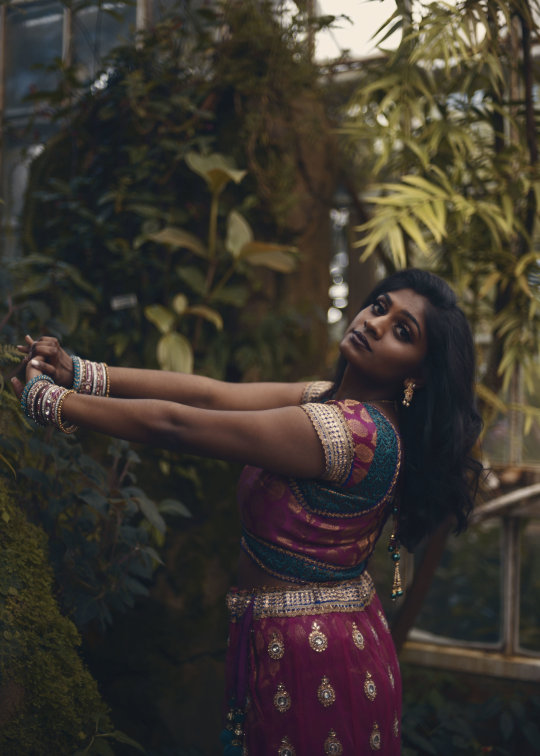

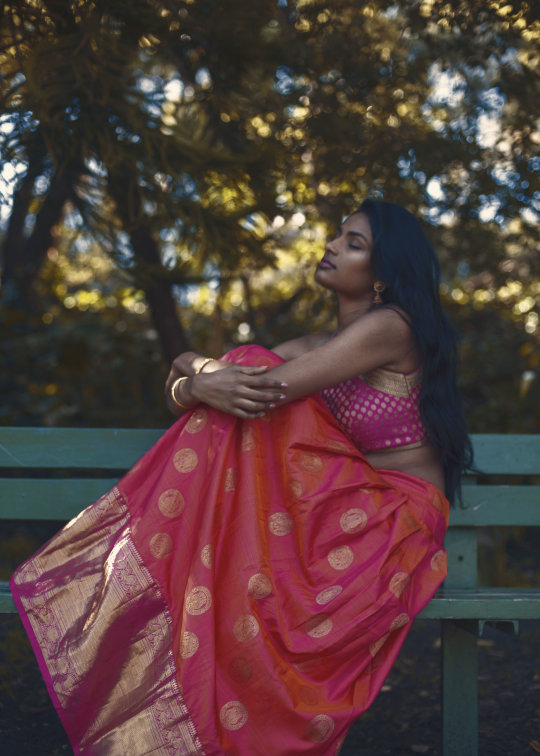
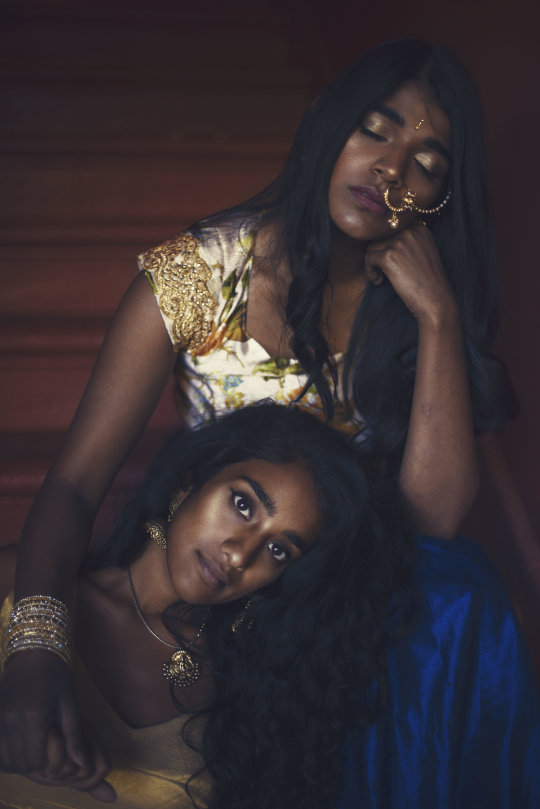

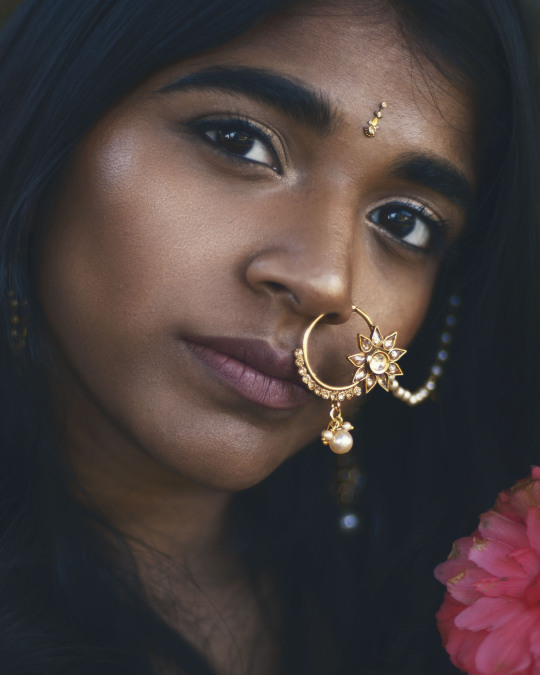
This photoshoot is dedicated to all the South Asian women out there who are often underrepresented in media simply because the color of their skin doesn’t fit South Asia’s unreasonable, fair&lovely, eurocentric beauty standards. As we all know, colorism is huge in India and Pakistan. Our society has come to the point where people talk about fighting oppression and uplifting women, but no one actually does anything about it. In this photoshoot I wanted to help represent darker skinned girls in the media, and address an issue through fashion photography.
Little girls grow up with their mothers bantering them about their skin color and how a man would never want them because they’re too dark. This does not help a girl’s self confidence, and it’s important to teach them from a young age that they’re beautiful and worthy in order to prevent them from being a self conscious teen. It’s also important to teach other girls that are lighter skinned to support these girls. In high school, a South Asian boy my friend had a crush on said that she was “too dark” and basically implied that’s the reason why he wouldn’t want a relationship with her. Comments like these are what destroy girl’s self confidence, especially when they’re young, vulnerable and lost. Support and help your sisters!
With the rise of young South Asians taking their pride in jewelry and colorful clothes to Instagram, it’s important not to romanticize the culture. Every culture has it’s good and bad, and although it’s totally fine to appreciate and be grateful for the good, we shouldn’t be silent about the bad especially if we are privileged. While our own South Asians are constantly romanticizing our culture, but not acknowledging it’s dirty laundry they are also promoting social marginalization. Women are treated horribly, LGBTQ isn’t a thing (especially in Pakistan), and more of our afro-south asian brothers and sisters are murdered on the streets the longer we stay silent. Instead of bringing light to these issues, our culture keeps quiet.
- Photographer Simrah Farrukh
54K notes
·
View notes

